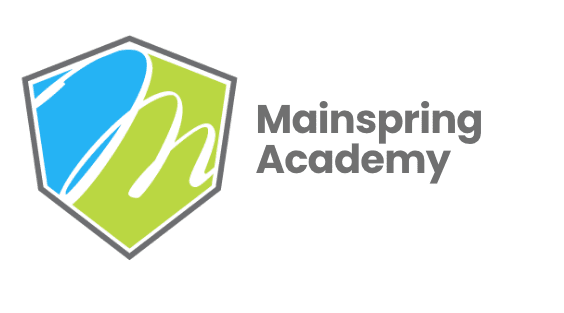When people think of communication, they often think of spoken words. But for many children, especially those with autism, developmental disabilities, or complex language disorders, speech is just one of many ways to communicate.
At Mainspring Academy, 85% of students are nonverbal, minimally verbal, or diagnosed with mixed receptive-expressive language disorder. That doesn’t mean they aren’t communicating. In fact, they often are … in ways that require patience, observation, and the right tools to understand.
What Does “Nonverbal” Really Mean?
Being nonverbal doesn’t necessarily mean a child never speaks. It often means:
- They may speak only a few words or phrases
- They rely on gestures, behaviors, or body language to communicate
- They may speak only in familiar routines or when prompted
- Their speech may be inconsistent or echolalic (repeating words without intent)
Minimally verbal children may have a few spontaneous words, but still depend heavily on alternative methods to express themselves.
What’s important to remember is: communication is happening, even when speech is limited.
Communication Tools Beyond Speech
At Mainspring Academy, students are supported with a variety of evidence-based communication systems, such as:
- AAC (Augmentative and Alternative Communication) devices like iPads with Proloquo2Go or LAMP
- PECS (Picture Exchange Communication System) cards for requesting and labeling
- Physical gestures paired with verbal prompting
- Visual supports like first/then boards, visual schedules, or emotion charts
- Core boards and communication books used consistently across classrooms and therapy spaces
According to research from the American Speech-Language-Hearing Association (ASHA), the use of AAC devices can significantly improve expressive language development, social interaction, and behavioral regulation, even in children who are considered nonverbal (ASHA, 2022).
Progress You May Not See Right Away
Sometimes, progress in communication looks like:
- A glance toward a symbol to make a choice
- Pressing a picture on a speech device
- Pausing before a meltdown to point to “help”
- Imitating a hand sign for “more” instead of screaming
These moments are small, but powerful. They represent growing trust, emotional regulation, and developing pathways to language. They are stepping stones toward independence.
Studies show that when AAC and other systems are introduced early and supported consistently, children are more likely to develop spontaneous communication and reduce frustration-based behaviors (Drager et al., 2010).
How Schools and Families Can Support Nonverbal Communication
At Mainspring Academy, communication is everyone’s responsibility, not just the speech therapist’s.
What schools can do:
- Embed AAC and visuals into the entire school day
- Train all staff to model and prompt communication
- Track and celebrate all communication attempts, not just verbal ones
- Ensure communication systems are portable and used in every setting
What families can do:
- Learn your child’s communication system and model its use at home
- Avoid speaking for your child—offer choices and wait
- Celebrate attempts to communicate, even if imperfect
- Use visual aids (charts, timers, photos) to reduce frustration and support expression
- Ask the school, “How can we reinforce this at home?”
A Voice Doesn’t Have to Be Verbal
The goal isn’t always speech… it’s understanding and expression. Some children will develop spoken language. Others may always rely on AAC or other systems. Either way, every child deserves to be heard.
And the truth is: once you learn how to listen, you’ll see they’ve been communicating all along.
Want to see how Mainspring supports nonverbal students every day? Schedule a tour.
We’d love to show you the tools and strategies we use to support every child as they find their voice.
References
American Speech-Language-Hearing Association. (2022). Augmentative and alternative communication (AAC). https://www.asha.org
Drager, K. D. R., Light, J. C., & McNaughton, D. (2010). Effects of AAC interventions on communication and language for young children with complex communication needs. Journal of Pediatric Rehabilitation Medicine, 3(4), 303–310. https://doi.org/10.3233/PRM-2010-0146

